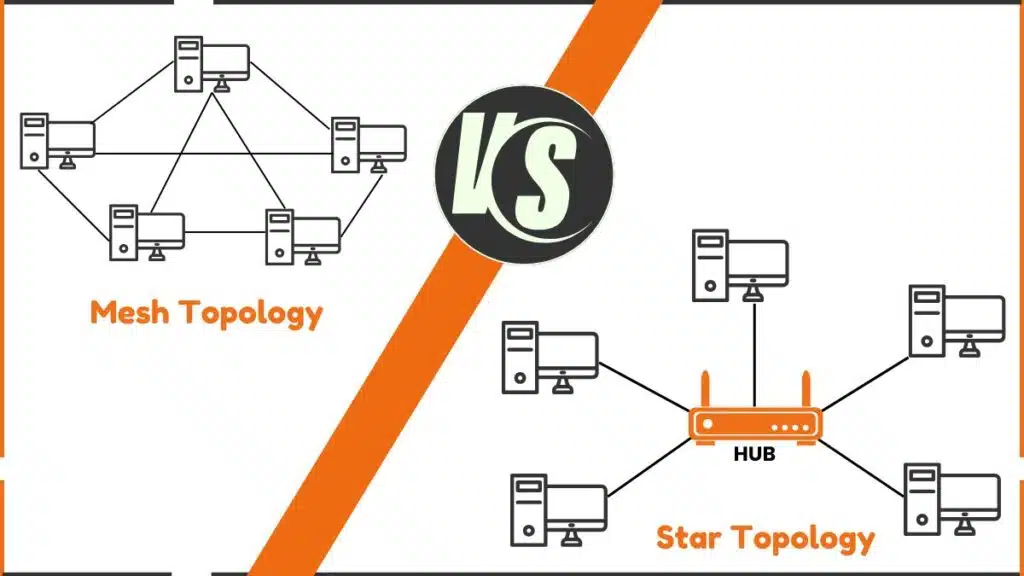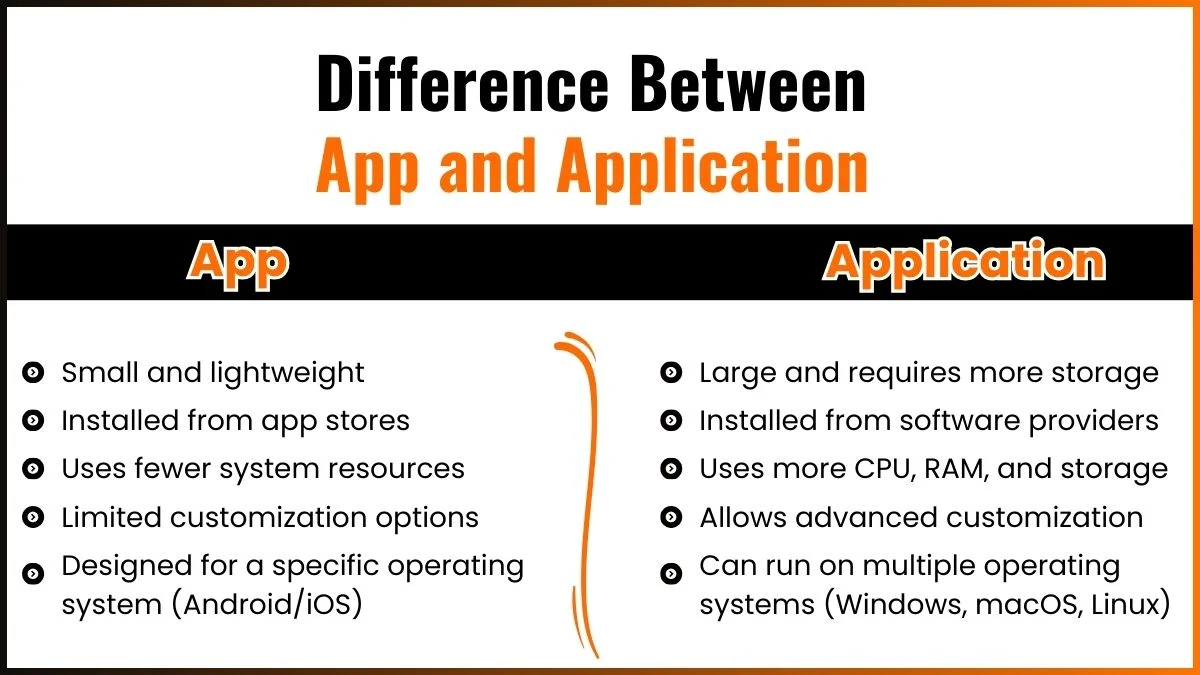Difference Between Mesh and Star Topology
The main Difference Between Mesh and Star Topology is that Star Topology is often used in smaller networks where a central hub manages data flow. On the other hand, Mesh Topology is usually seen in larger and more complex setups. It offers multiple pathways for data.

Mesh Topology
Devices connect directly to each other and create a “web” of connections in mesh Topology. This setup allows for multiple paths for data to travel. They improve reliability and speed.
Star Topology
All devices connect to a central hub or switch in a star topology. This hub acts as the “center” of the network. It manages the data flow between devices.
Mesh Topology vs Star Topology
The following comparison table shows the difference between Mesh and Star Topology:
| Feature | Star Topology | Mesh Topology |
|---|---|---|
| Structure | Central hub with individual device connections | Web-like with direct device connections |
| Reliability | Moderate (depends on the central hub; if it fails, the whole network fails) | Very high due to multiple paths; if one connection fails, others can maintain the network |
| Cost | Lower; cost-effective for small setups due to fewer cables and simpler design | Higher; requires extensive cabling and complex setup, which increases installation costs |
| Installation | Simple and quick; requires a central hub or switch and individual connections to devices | Complex; requires many cables and careful planning to ensure all devices connect directly |
| Maintenance | Easier to troubleshoot; issues are often isolated to single devices | Difficult to manage and troubleshoot due to numerous connections |
| Scalability | Limited; adding more devices can cause strain on the hub and slow down the network | High; new devices can easily connect without affecting existing connections |
| Data Security | Moderate; all data goes through the hub, which could be a point of vulnerability | High; direct device connections make data less accessible to external interception |
| Common Uses | Homes, small offices, and schools; suitable for simpler, non-critical networks | Hospitals, large corporations, high-security environments; suitable for critical, large networks |
| Pros | – Simple to install and set up – Cost-effective for small networks – Easy troubleshooting | – High reliability due to multiple paths – Increased security for sensitive data – Scalable and flexible |
| Cons | – Single point of failure (central hub) – Limited scalability – Potential slowdowns if overloaded | – Expensive setup – Complex to maintain – Difficult to troubleshoot due to multiple pathways |
FAQs
Why is mesh topology expensive?
Mesh topology is expensive due to more cables, more hardware, and a complex setup.
Is mesh topology LAN or WAN?
mesh topology can be used in both LAN and WAN, depending on the scale of the network.
Is mesh topology physical or logical?
Mesh topology can be both physical and logical
Physical mesh: Every device is physically connected.
Logical mesh: Devices appear to be connected in a mesh pattern, but not all are physically linked.







Leave a Reply